The Science Behind Plant Nutrient Synergy: A Guide to Healthier Crops
Introduction
Have you ever provided all the right nutrients to your crops, only to see lackluster growth or unexplained deficiency symptoms? The secret to vibrant plant health often lies not just in what you feed them, but in how those nutrients work together. Understanding (The Science Behind Plant Nutrient Synergy) is crucial for any grower aiming to optimize plant health and maximize yield. This intricate dance between elements can mean the difference between a thriving harvest and a struggling one. This guide will break down the complex interactions between essential nutrients, empowering you to make informed decisions that lead to healthier, more productive plants.
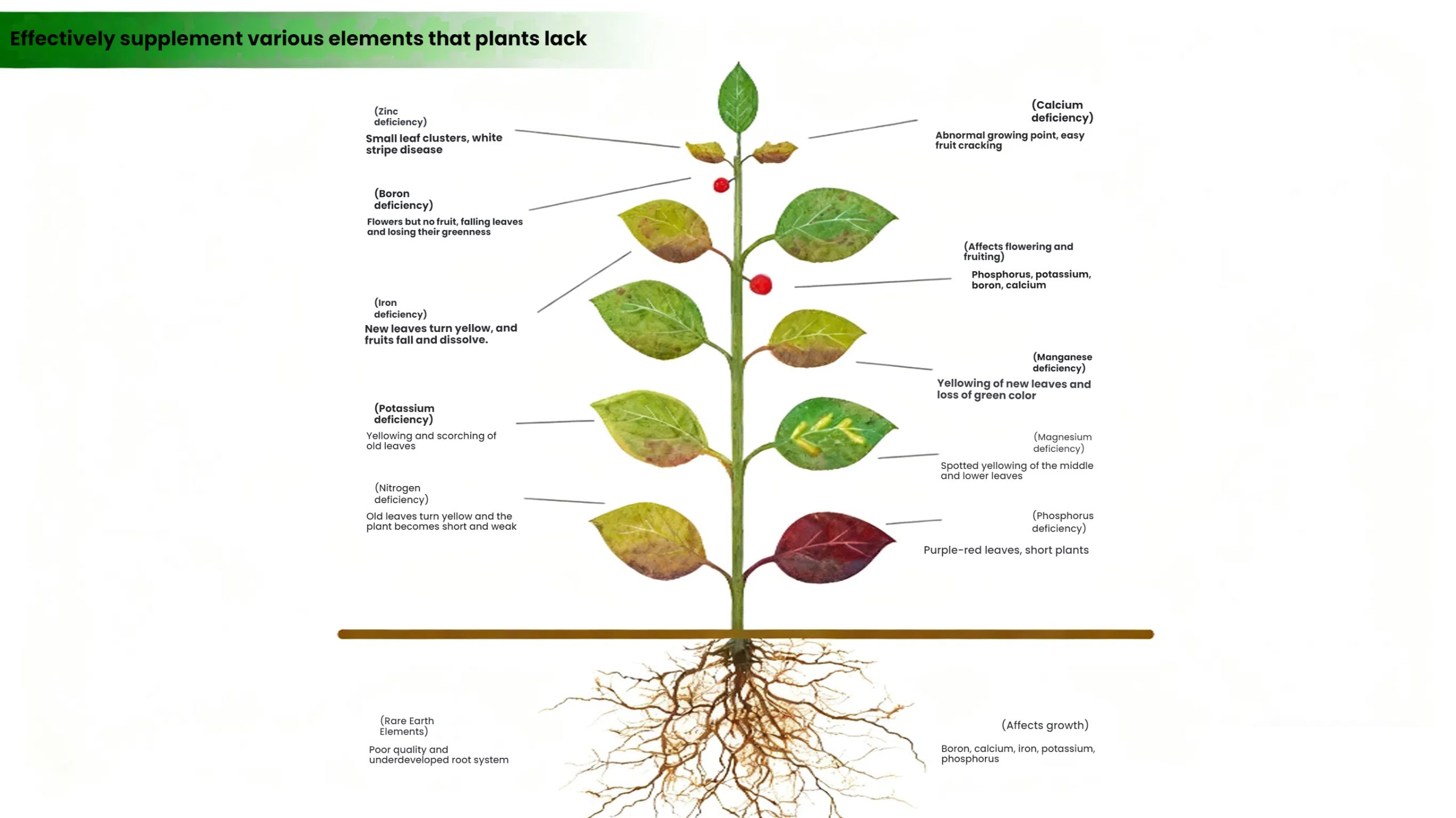
NO.1 The Foundation of Plant Nutrition
Every essential nutrient, from the most abundant to the trace elements, plays a unique and critical role in plant physiology. While required in different quantities, a shortage of any single nutrient can create a bottleneck, limiting the plant’s growth potential. Their functions are multifaceted:
Metabolic Catalysts and Regulators: Magnesium (Mg²⁺) and potassium (K⁺) act as activators for various enzymes. Potassium also teams up with chloride (Cl⁻) to play a vital role in osmotic regulation, which controls water movement and turgor pressure within plant cells.
Building Blocks: Elements like carbon, hydrogen, and oxygen form the backbone of organic structures such as cellulose and sugars. Proteins incorporate nitrogen and sulfur, while enzymes may rely on iron or zinc for their function.
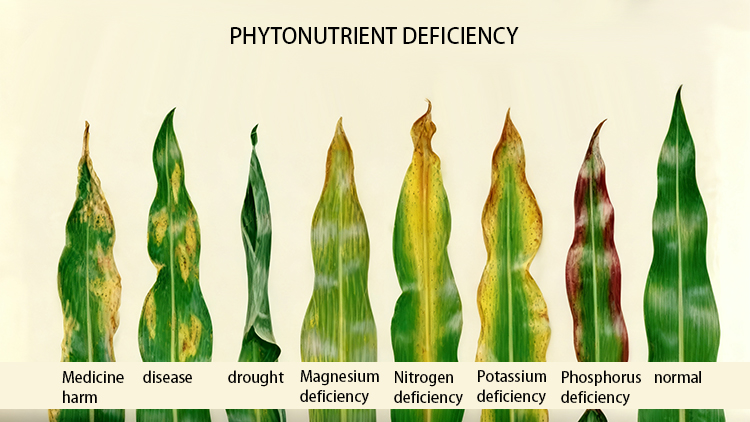
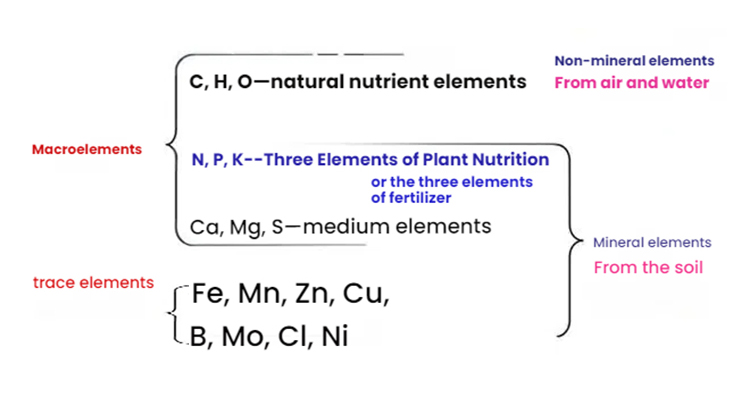
NO.2 Decoding Nutrient Interactions: Synergies and Antagonisms
A key aspect of (The Science Behind Plant Nutrient Synergy) is managing how nutrients affect each other’s availability. An excess of one can often block the uptake of another, a phenomenon known as antagonism. Conversely, some elements work in harmony. Recent studies highlight that nickel can help mitigate the toxic effects of copper in plants by enhancing their antioxidant defenses.
- Nitrogen (N): Plant nitrogen uptake is influenced by its form and other nutrients. Absorption of nitrate-nitrogen is often less efficient than ammonium-nitrogen. Excess potassium or phosphorus can also hinder nitrogen uptake, as can a deficiency in boron.
- Phosphorus (P): Phosphorus availability is highly sensitive to soil chemistry. Zinc can reduce its absorption, and high nitrogen levels are detrimental. Iron can also antagonize phosphorus. Adding lime can lock phosphorus into unavailable forms, while magnesium can promote its uptake.
- Potassium (K): Boron supports potassium absorption, whereas zinc can be an antagonist. High nitrogen applications can negatively impact potassium levels, as can the presence of abundant calcium and magnesium.
- Calcium (Ca): Potassium can lower calcium nutrition, and magnesium impedes its transport. Ammonium-based fertilizers can reduce calcium uptake and its movement into fruits.
- Magnesium (Mg): Potassium is a primary antagonist of magnesium. High levels of sodium and phosphorus are also detrimental. An imbalance with nitrogen can induce magnesium deficiency. A lack of magnesium often leads to concurrent deficiencies in zinc and manganese.
- Iron (Fe): Iron uptake is easily disrupted. Excess boron can lower iron concentrations, and nitrate-nitrogen can hinder its absorption. A number of other micronutrients can antagonize iron. Potassium deficiency and high levels of nitrogen, phosphorus, or calcium can all trigger iron deficiency.
- Boron (B): Boron availability decreases in soils rich in iron and aluminum oxides. A long-term lack of nitrogen, phosphorus, potassium, or iron can indirectly cause boron deficiency. Increasing potassium can worsen this deficiency, while high nitrogen demand requires more boron.
- Manganese (Mn): Uptake of manganese is hampered by calcium, zinc, and iron. Applying alkaline fertilizers can precipitate manganese, making it unavailable.
- Molybdenum (Mo): Nitrate-nitrogen favors molybdenum uptake, while ammonium-nitrogen does not. Sulfate ions can hinder its absorption. High levels of calcium, iron, and manganese are also antagonistic.
- Zinc (Zn): An excess of phosphorus is a common cause of zinc deficiency. High nitrogen levels increase zinc demand. Potassium and calcium can inhibit zinc absorption, as can manganese and copper. Magnesium, however, often has a synergistic relationship with zinc.
- Copper (Cu): The availability of copper is another critical interaction. Applying acidic fertilizers can enhance copper availability. However, phosphorus can precipitate copper into unavailable forms, and waterlogged soils producing hydrogen sulfide will also hinder its uptake. Copper also experiences antagonism from aluminum, iron, zinc, and manganese.
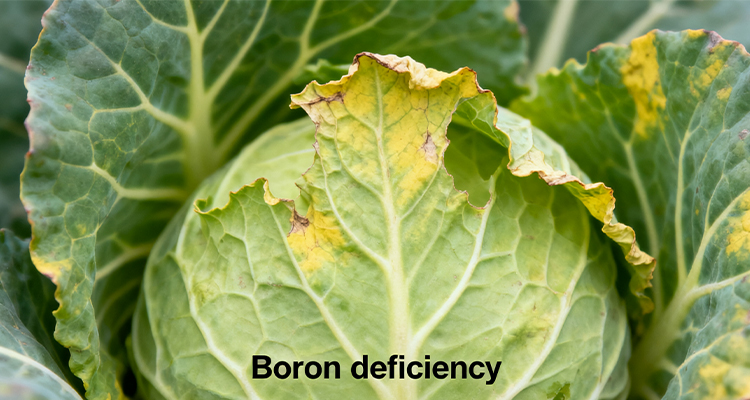

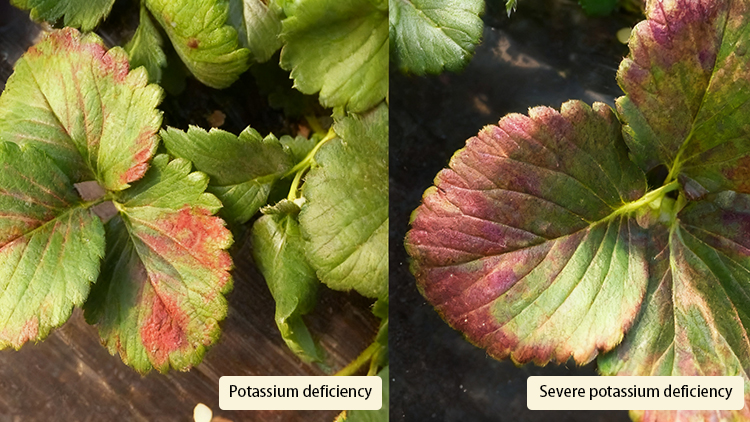
NO.3 Practical Application for Balanced Crop Nutrition
Success in the field or greenhouse hinges on applying (The Science Behind Plant Nutrient Synergy). Here’s how you can manage these interactions for better results:
Adopt a Holistic Approach: Remember that soil health is a complex system. Factors like organic matter content and microbial activity profoundly influence nutrient cycling and availability.
Start with a Soil Test: This is the non-negotiable first step. You cannot manage what you don’t measure. A detailed soil analysis reveals potential imbalances and deficiencies before they impact your crops.
Choose the Right Fertilizers: All fertilizer sources are not created equal. Their formulation can significantly impact nutrient availability and how they interact in the soil.
Consider Foliar Feeding: For addressing acute deficiencies, foliar applications can deliver nutrients directly to the leaves, bypassing soil-based antagonisms.
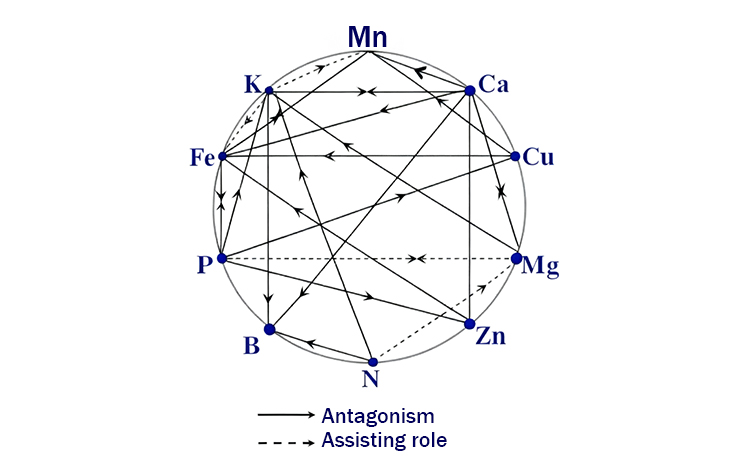
Conclusion
Mastering the dance of nutrient interactions is fundamental to achieving optimal plant health and maximizing your harvest. By applying the principles of (The Science Behind Plant Nutrient Synergy), you can move beyond simply adding fertilizer to creating a truly balanced and efficient nutrient program for your crops.
- References:
- University of Wyoming Extension – Provides research-based resources on crop production and nutrient management.
- Food and Agriculture Organization (FAO) of the United Nations – Offers extensive publications and reports on global soil health and plant nutrition practices.
- Journal of Animal Science – Publishes research on nutrient bioavailability and interactions, relevant to understanding fundamental principles of mineral absorption.
- Discover Plants – Features peer-reviewed research on plant physiology and nutrient interactions, such as the study on nickel alleviating copper stress in soybeans
If you have any questions that need to be answered, you can always find us through the chat icon in the lower right corner of the page or directly enter Trelfey’s store to view the products.
Of course, you can also check out our other social media (such as Linkedin) to learn more about us.
